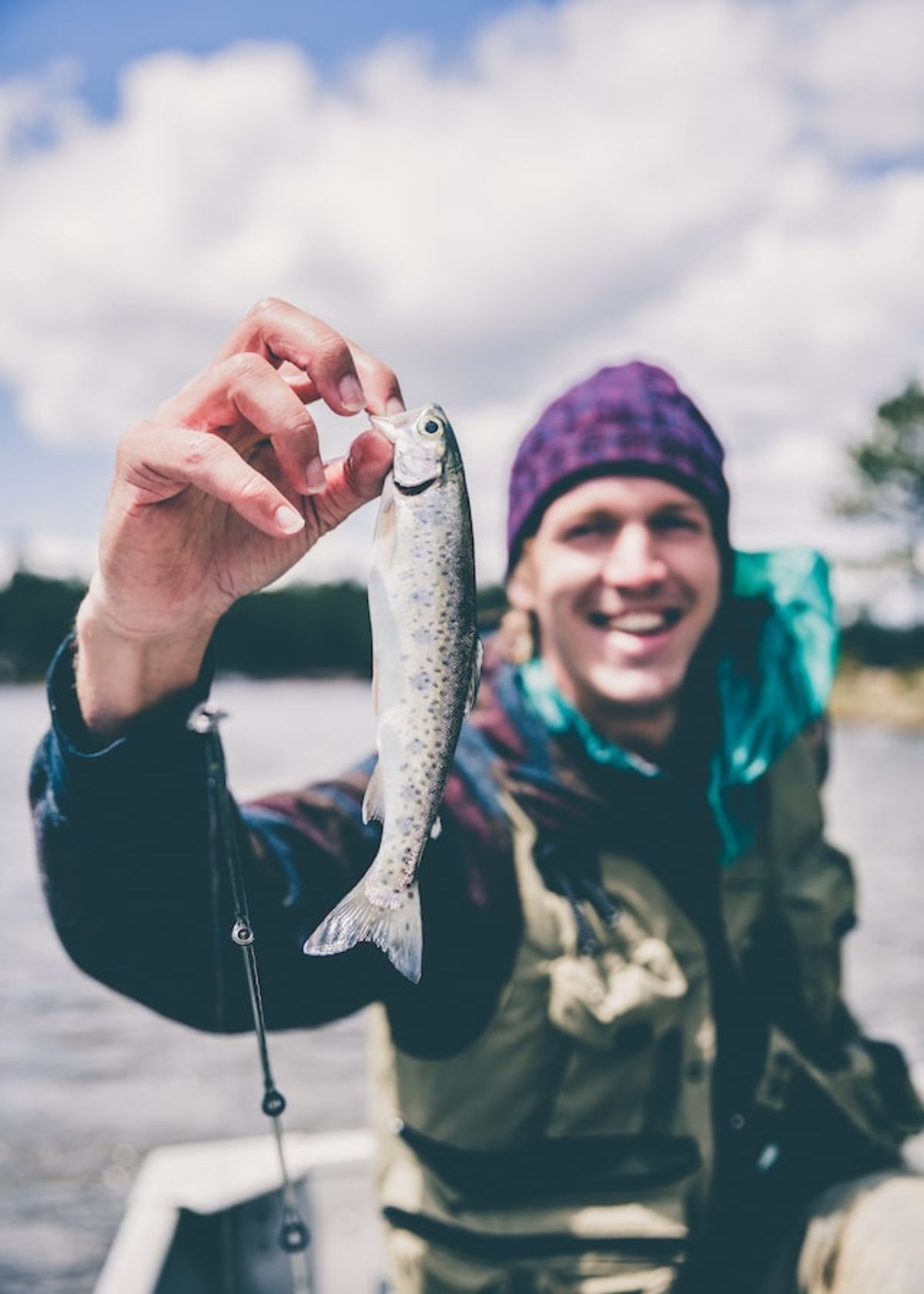Anglers, are you searching for the ultimate catch?
Kayak fishing is a great way to get out in nature and explore some of the best spots to find what's lurking beneath. But let’s face it, not all fish-finding tech was created equally…that's where we come in! With our newest kayak compatible Fish Finders designed specifically with kayakers in mind - you'll be sure to reel in a winner every time!
Our Fish Finders will give you an easy readout of water depth information so you can quickly adjust your strategy and find that perfect spot without any hassle. Not only that but they are lightweight devices that fit into just about any size kayak - no more bulky equipment monopolizing your space on board!
Browse our Fish Finders now and get hooked up with one today –– happy fishing, friends!
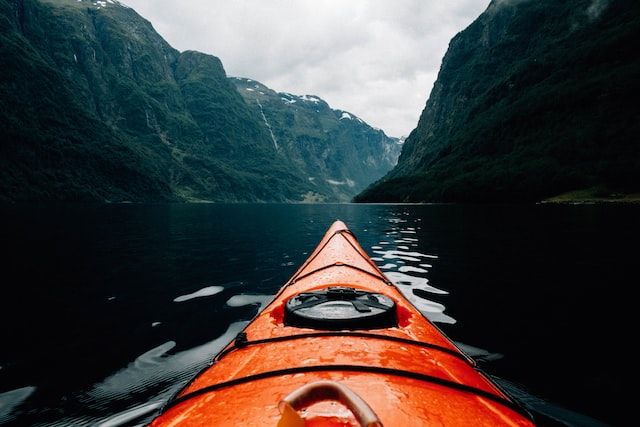
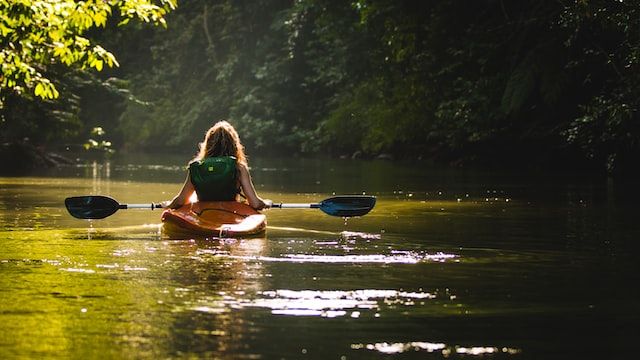
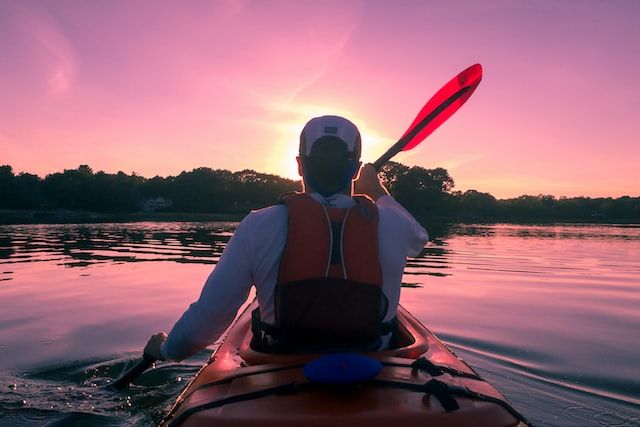
Benefits Of Using A Fish Finder
I don't know about you but I don't want to spend hours on the water just guessing where the next fish is going to bite at. Thankfully there is technology on the market for detecting fish and there general whereabouts so you can stop guessing and start catching. Be more confident with your casts.
With Fish Finders you will not only be able to detect the location of the fish underwater but you'll be able to concentrations of fish, their size and depth in addition to other underwater objects. Leveraging sonar technology increases your chances for success with little to no effort.
GPS models provide the ability to plot courses and pinpoint your exact location incase you need to reference that spot later in your trip. Additional metrics such as monitoring water temperature and depths are invaluable to your success on the water.
How To Choose A Kayak For Fishing
Make sure your kayak has enough room for all of your gear, an adjustable seat for comfort, storage compartments in case of heavy weather, and appropriate stability for the type of water you’ll be fishing in.
- Choose the right kayak for fishing. Make sure your kayak has enough room for all of your gear, an adjustable seat for comfort, storage compartments in case of heavy weather, and appropriate stability for the type of water you’ll be fishing in.
- Equip your kayak with the necessary safety gear. This includes items like a life jacket, whistle, spare paddle and bailer, a first aid kit, anchor/rope system and other floatation devices that can serve both as buoyancy aides or casting platforms.
- Get comfortable with paddling technique. For efficient and safe fishing, it’s important to understand the basics of paddling technique before hitting the water. Practice strokes such as forward paddling, sweeps strokes and draws before going out into deeper waters.
- Bring along essential fishing equipment. Depending on what species you are targeting or what type of setup you prefer using: spinning rod & reel, fly rod or jigging rod; bring along your tackle box with lures and bait of choice as well as tools like line cutters/pliers and forceps to remove hooks safely when unhooking fish.. Additionally consider a fish-finder or sonar device if you plan to target species at different depths of the water column.
- Be mindful of weather conditions when planning a day on the water—any unexpected waves or winds can make the journey difficult while paddling back to shore after a long day on the sea
What Is The Best Fish Finder For A Kayak
You want to buy a fish finder for your kayak, but you don't know which one is the best.
With all of the different fish finders on the market, it can be hard to decide which one is right for you. Do you need a basic model or something more advanced? What are the features that are most important to you?
We've done the research for you and have narrowed down our Top 5 Picks for Best Fish Finder for a Kayak.
Lucky Kayak Portable Fish Finder
This compact and lightweight fish finder is designed to attach to your kayak or boat, providing instantaneous data about water depths, as well as any schools of fish lingering around your vessel.
With a detection range between 3ft (1m) and 328ft (100m), it is easy to find ideal fishing spots without scouring miles of flooded terrain.
Whether you’re an avid angler or simply looking for recreation, the Lucky Kayak Portable Fish Finder is the perfect companion for any fishing trip.
Venterior Portable Rechargeable Fish Finder
With its advanced sonar technology, it can scan for and detect fish up to 240 feet deep.
No longer do you have to worry about holding a long and heavy transducer in place — the Venterior Fish Finder is lightweight and portable!
Plus, its clear color TFT LCD lets you read the screen no matter what time of day or environment you’re in lake, river, sea — to ice fishing.
Garmin Striker 4 with Transducer
The Striker 4 provides exceptional clear vu scanning sonar performance, so you can easily distinguish your targets from the surrounding structure.
With advanced echo enrichment and scans up to 800 feet below you, there won't be any surprises hiding out that it won't pick up on.
Best of all, its easy-to-use 3.5-inch color display makes locating and catching that trophy fish easier than ever before.
Lucky Handheld Fish Finder
The unit's 2.4-inch TFT color LCD screen offers an extra clear display for enhanced accuracy.
It also has two user modes: TRANSDUCER mode for actual fishing trips, and SIMULATION mode where you can try out all of its features with no pressure from calling fish in real-life situations.
With this advanced technology, avid anglers can find out as much information as possible about the fish beneath them before casting their rod.
Garmin Striker Vivid
Featuring a 4-inch color display, you can differentiate between fish and structure with ease thanks to the new vivid scanning sonar color palettes.
The included GT20 transducer helps ensure better accuracy using both CHIRP traditional sonar and CHIRP ClearVü scanning sonar.
What sets this Fish Finder apart from the rest is its user-friendly design. All you have to do is mount it up via the tilt/swivel bail mount bracket, connect it to your boat’s 12V battery power and you’re ready to start fishing!
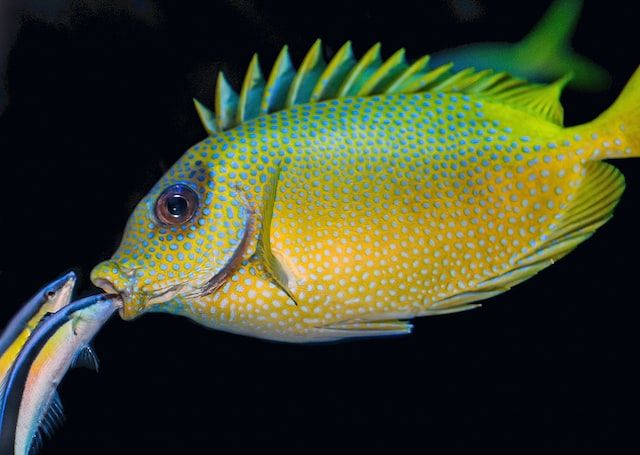
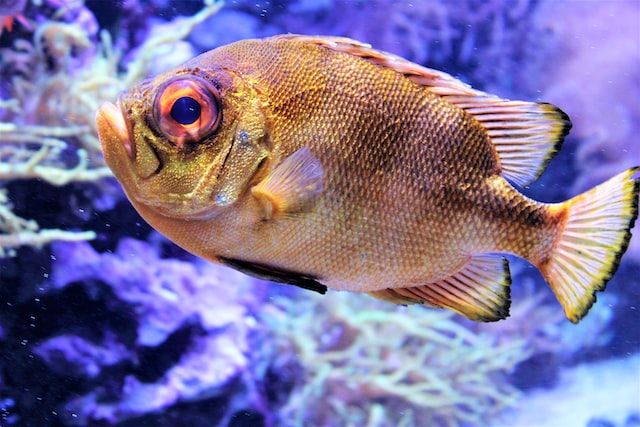
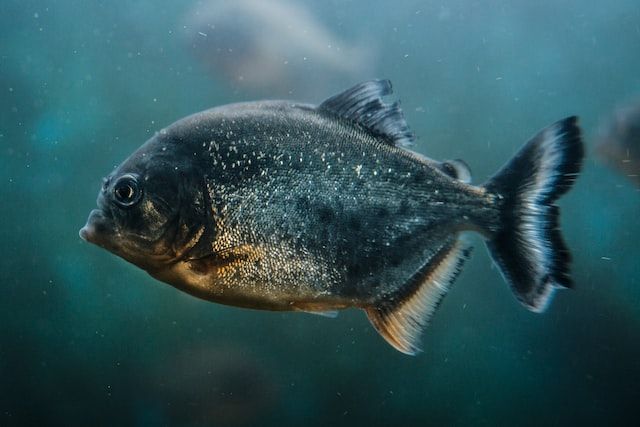
Kayak Fish Finder FAQs
You want to buy a kayak fish finder, but you're not sure which one is right for you.
It can be tough to figure out all the details about kayak fish finders - like what type of sonar they use, how deep they can scan, and what frequencies they operate on.
We've compiled the most frequently asked questions about kayak fish finders so that you can make an informed decision before you buy.
How to read a fish finder?
Reading a fish finder is relatively simple, provided that the user has a basic understanding of the components. First, the user should adjust the gain and contrast levels to ensure that they can see objects on the display.
The gain setting determines how sensitive the device is to underwater targets, while the contrast setting helps to accentuate these targets against any background clutter. Once these are adjusted, users can move on to adjusting their color palette settings. Color palettes help to differentiate between varying depths, fish size, and species, as well as bottom composition.
Finally, the user should familiarize themselves with various other settings such as power output frequency and ping speed, and adjust them according to their needs. Ultimately, understanding and adjusting these settings will help make reading a fish finder much easier.
How does a fish finder work?
A fish finder works by transmitting sound waves through the water that bounce off of objects and fish, then send back a signal to the device. These signals are interpreted by the fish finder as an image on its screen of what is in the water.
The fish finder also uses Doppler technology which shows the movement of objects in the water allowing more precision when locating schools of fish. The display on the fish finder will typically show contour lines that represent different depths and structures such as rocks or submerged timber, allowing fishermen to better predict where schools of fish may be hiding.
How to use Lowrance fish finder?
Using a Lowrance fish finder is relatively straightforward. First, mount the transducer onto the bottom of your boat. Next, connect the transducer to the main unit and power up the fish finder.
Once powered up, you can adjust settings such as sensitivity, depth range, zoom level, and water temperature to best suit your fishing environment. Then use Lowrance's sound waves to scan for schools of fish below.
The Lowrance will display an image of what it finds on its LCD screen enabling you to pinpoint exactly where a school of fish is located. Finally, cast your line near the school and enjoy catching your fresh seafood!
In conclusion, the Best Fish Finder for a Kayak depends on your individual needs, budget, and preferences. With all of the options out there, you're sure to find something that will help you catch fish like never before!
Whether you're looking for a basic unit or one with advanced features such as GPS mapping and data tracking, there's a Kayak Fish Finder that fits your lifestyle.
We've done the research so you don't have to! To browse our Top Picks for Best Kayak Fish Finders please click the link below!

Your Friends,
LoveNatureReviews Team


